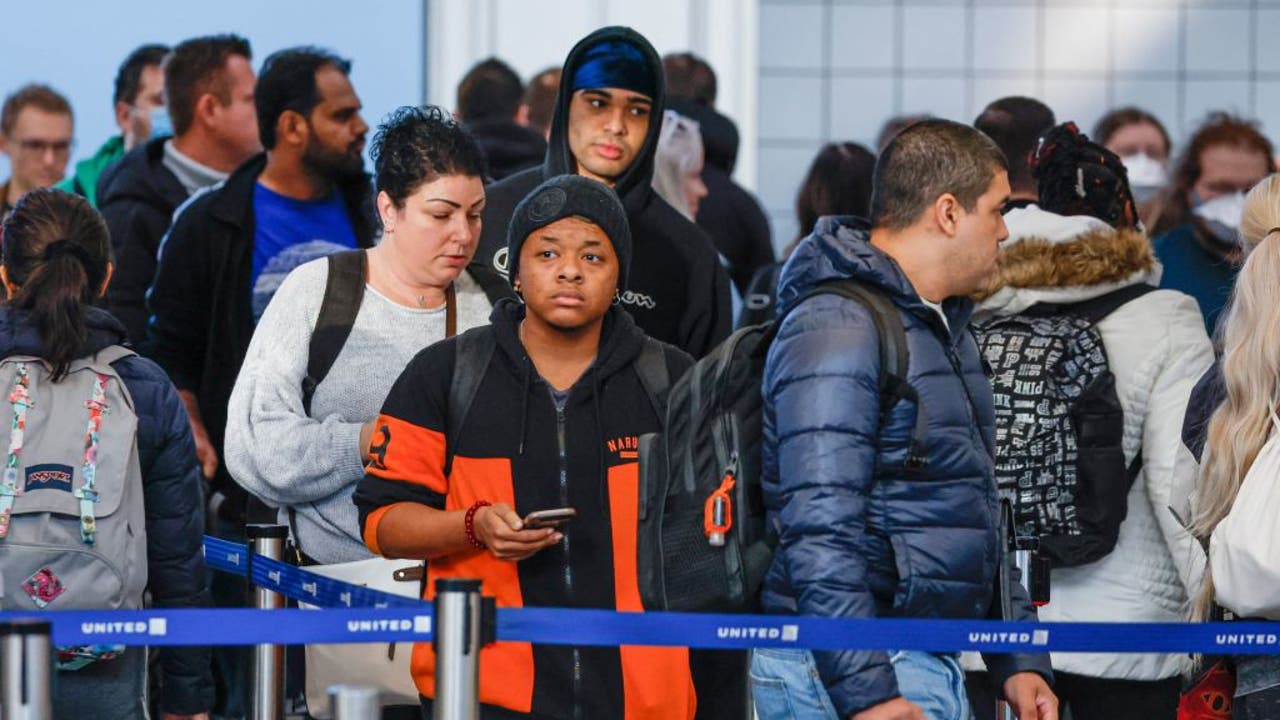Travel
Seeing the world through words: How books let us travel

Digital illustration by Giovana Fleck, for Global Voices.
When was the first time you interacted with different cultures beyond your geographical location?
My first time was when, as a child, I was introduced to Peter and Jane through the Ladybird books. This transitioned to the Goosebumps and Sweet Valley High series, meeting the likes of Jessica and Elizabeth Wakefield as they navigated the dynamics of teenage life in the US. Later, in school, Chinua Achebe would broaden my view of Africa with things falling apart for Okonkwo in Igboland, and acquaint me with the existence of pidgin.
I have often perceived or learned about new cultures through books. When I got into my very first long-distance bus drive to Uganda in 2014 — the first time I left my home country of Kenya — it dawned on me that books had introduced me to so many dynamics between human beings and humanity that the outside world was no stranger to me. I had seen the world through words.
There are places in the world that I have intricately related to and empathized with, especially different social, political and economic constructs. Whether it was in Nigeria with Adebayo’s “Stay With Me,“ or Min Jin Lee’s “Panchiko” which traverses through Asia and America, or Wangari Maathai’s “Unbowed” which captures a clear picture of Kenya’s political history, books have taken me to worlds in the past, current and future.
Understanding cultures and the world beyond is a task that authors have mastered. This huge responsibility of putting out fiction and non-fiction in all its forms is no mean feat. In my world, authors are geniuses who create alternative universes in our minds, and carry the mantle of representing cultures and issues, telling with authority stories that influence us emotionally.
Faith Mwangi, a senior strategic communications specialist based in Nairobi, Kenya, and an avid reader is part of a book club called Books and Beyond. She shared with me in a WhatsApp conversation how each book offers unique perspectives, allowing her to explore the nuances of different societies and their diversities. Her literary journey has widened her horizons, deepening her empathy and challenging her own preconceptions, making her more aware of the complexities of human nature, sentiments I agree with.
Reading has always been a window into worlds beyond my immediate surroundings. As a Kenyan woman with a lifelong fascination for diverse cultures, my passion for books has deeply enriched my understanding of the vast tapestry of human experiences. I find myself particularly drawn to African authors whose narratives resonate with my own experiences, as well as those from distant lands whose lives and cultures are beautifully unfamiliar and sometimes surprisingly familiar.
As our present lives evolve, we try to unearth answers to the question, “How did we get here?” Books — fiction or nonfiction, and particularly in the African context — such as “Betrayal in the City” by Francis Imbuga, “Homegoing” by Yaa Ghasi and “River and the Source” by Margaret Ogola, have helped me understand the state of current affairs, and why some colonial legacies are still alive in our socio-economic systems. At the same time, literature has also created space for opportunities where we can consciously inspire and promote our own ideals, shaping a history that is sustainable for future generations.
Each book allows you to see the world through the writers’ eyes and witness the experiences of the people you are reading about. Abdi Latif, the New York Times’ East Africa correspondent, told me on WhatsApp how books have been critical in helping him understand his own culture through the words of authors who share his ethnicity.
Books have not just made me appreciate other cultures, but also my own self, my surroundings, my family and friends. Sometimes, I could read books written by authors who share my own Somali background, and they are still able to teach me a lot more about my own culture. Nuruddin Farah for example in his book “Sweet and Sour Milk” published in 1980, explores the oppressive political regime in Somalia through the lens of twin brothers while Nadifa Mohamed investigates her roots through her semi autobiographical book “Black Mamba Boy,” which looks at her father’s journey traversing Sudan, Egypt, Palestine and the Mediterranean. These two, among other Somali authors, have deepened my understanding of how there is a multiplicity of experiences within every culture, and that we need to appreciate all those experiences. That’s what the best books do: they help you navigate not just other people’s worlds but also the world you exist in.
In life, we experience victories while at the same time, we witness injustices and these can be told through our lived experiences or those of others. Chimamanda Adichie, one of the most profound African authors in Africa, paints this picture in an interview with The Financial Times, saying:
In thinking about war, nonfiction and fiction are equally important. The role of a fiction writer when it comes to the subject of war is to imaginatively mine emotion and feeling, and what I’m maybe going to call humanity. I think fiction should tell us how war felt and nonfiction should tell us what happened. I’m not sure I could’ve written Half of a Yellow Sun if I’d experienced the Nigerian Biafran war. I think I have the distance, not just of time, but of not having directly experienced the war. And so, in some ways, I inherited memory.
Whether we are trying to understand our history, human behavior, socio-economic and political structures, among others, books open up a world of knowledge.
Corazon Kisilu (@corriemwende) is a climate communications specialist based in Nairobi. When she is not working, Corrie will be tucked away with a book, or catching up with the latest in the world of basketball.










